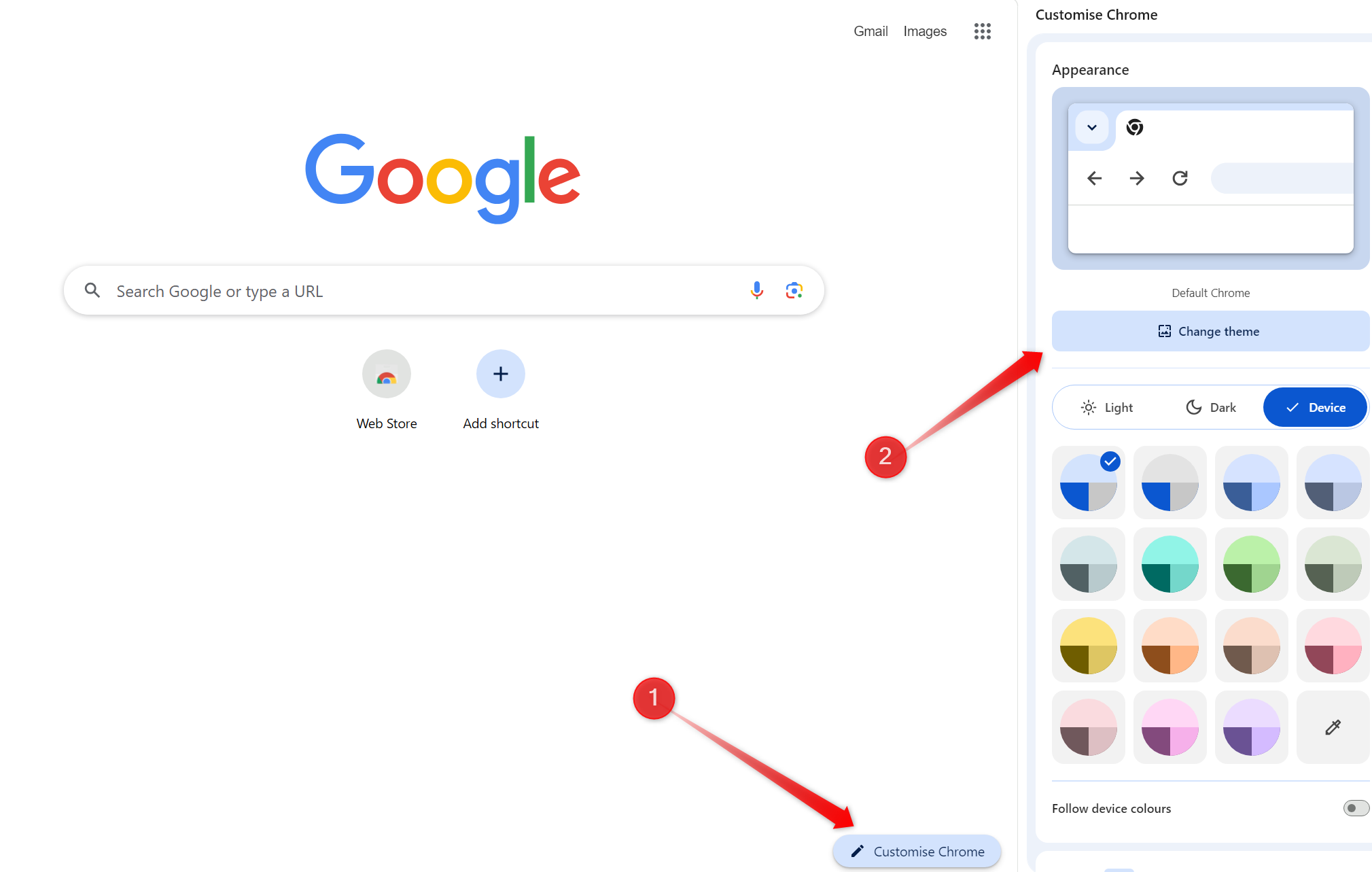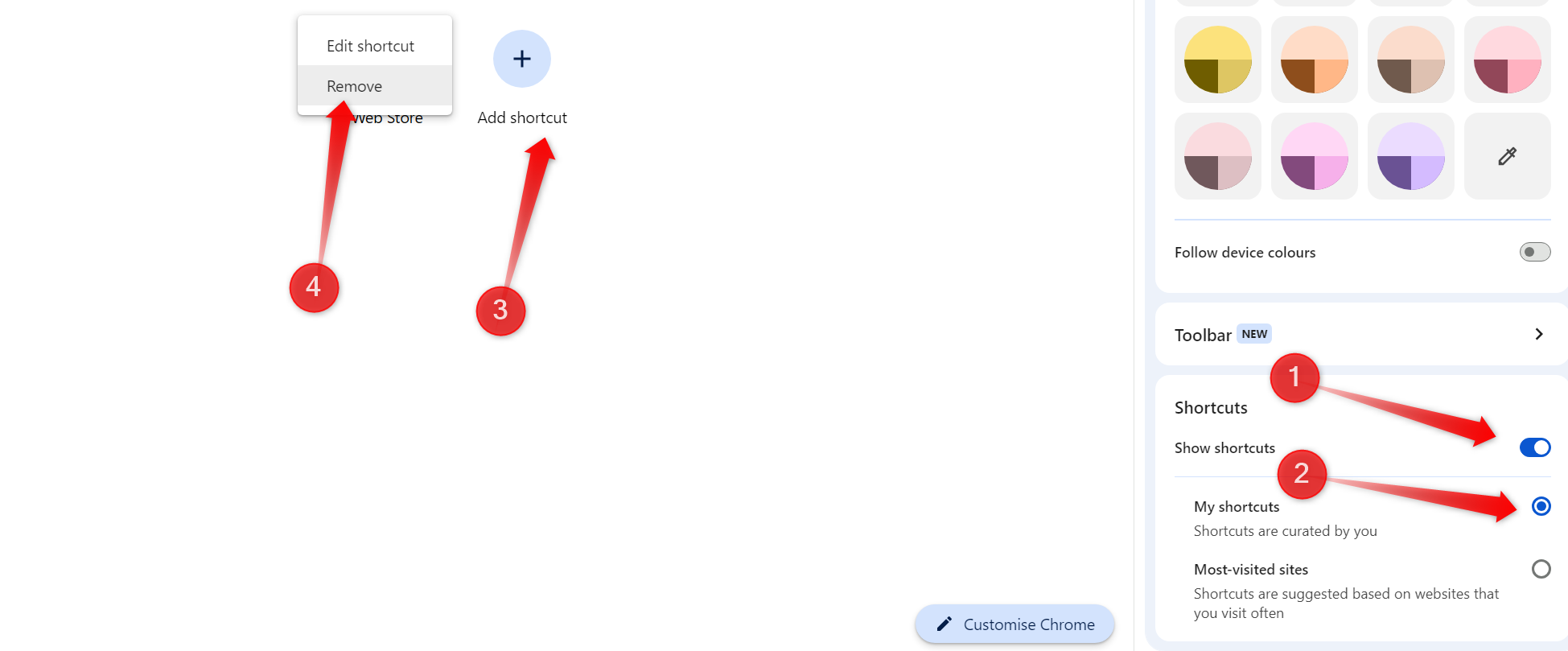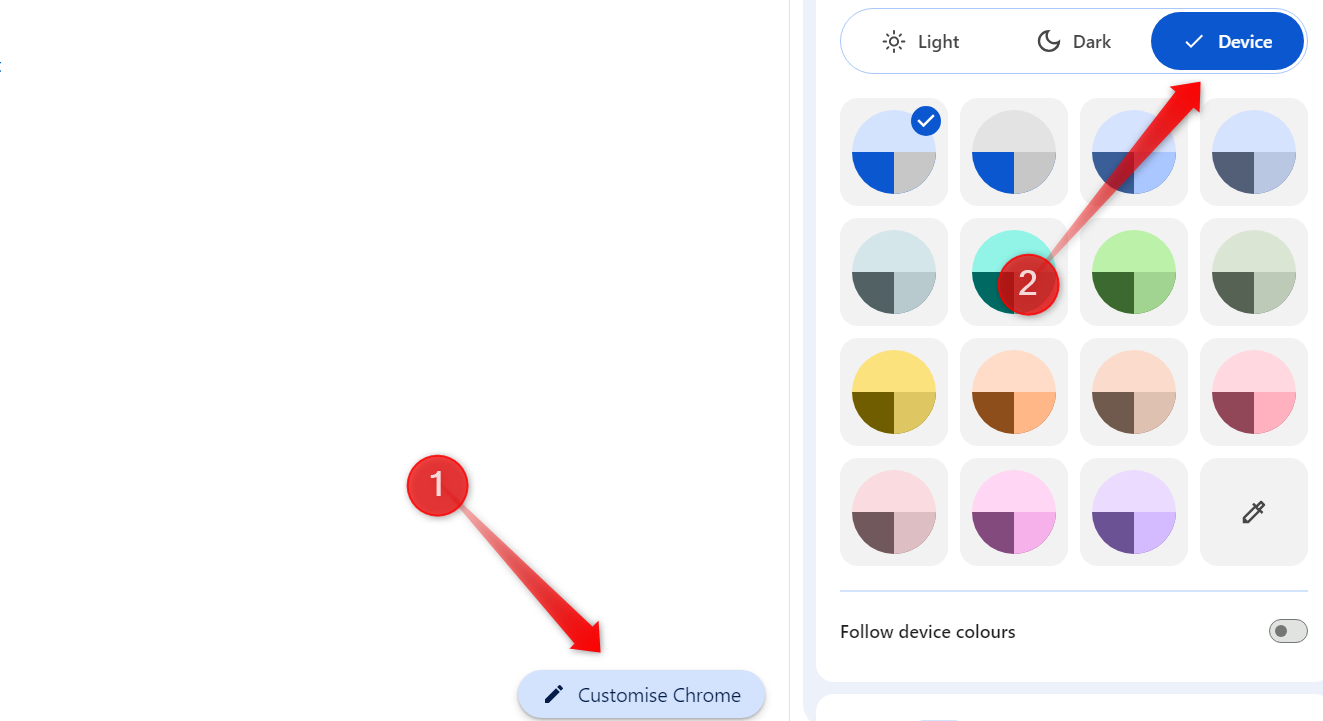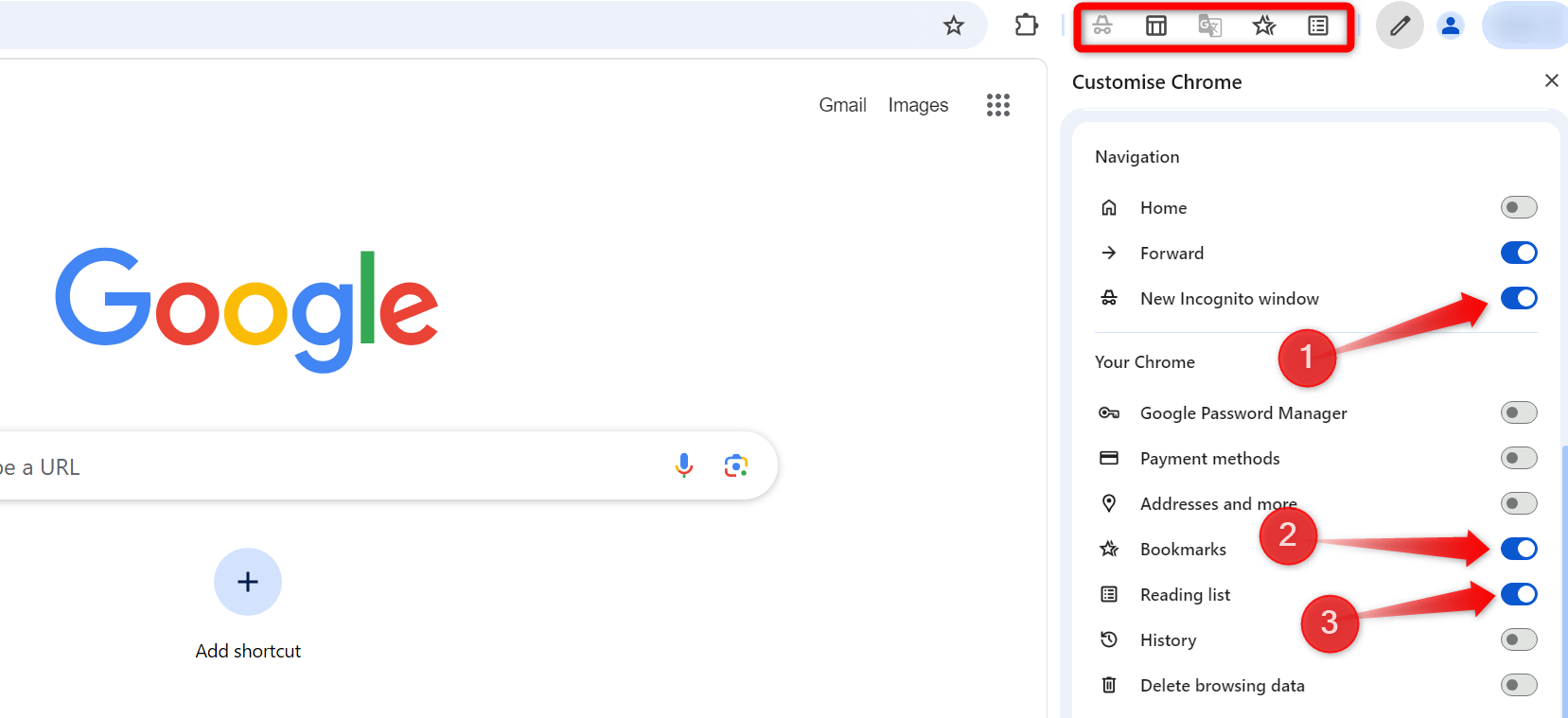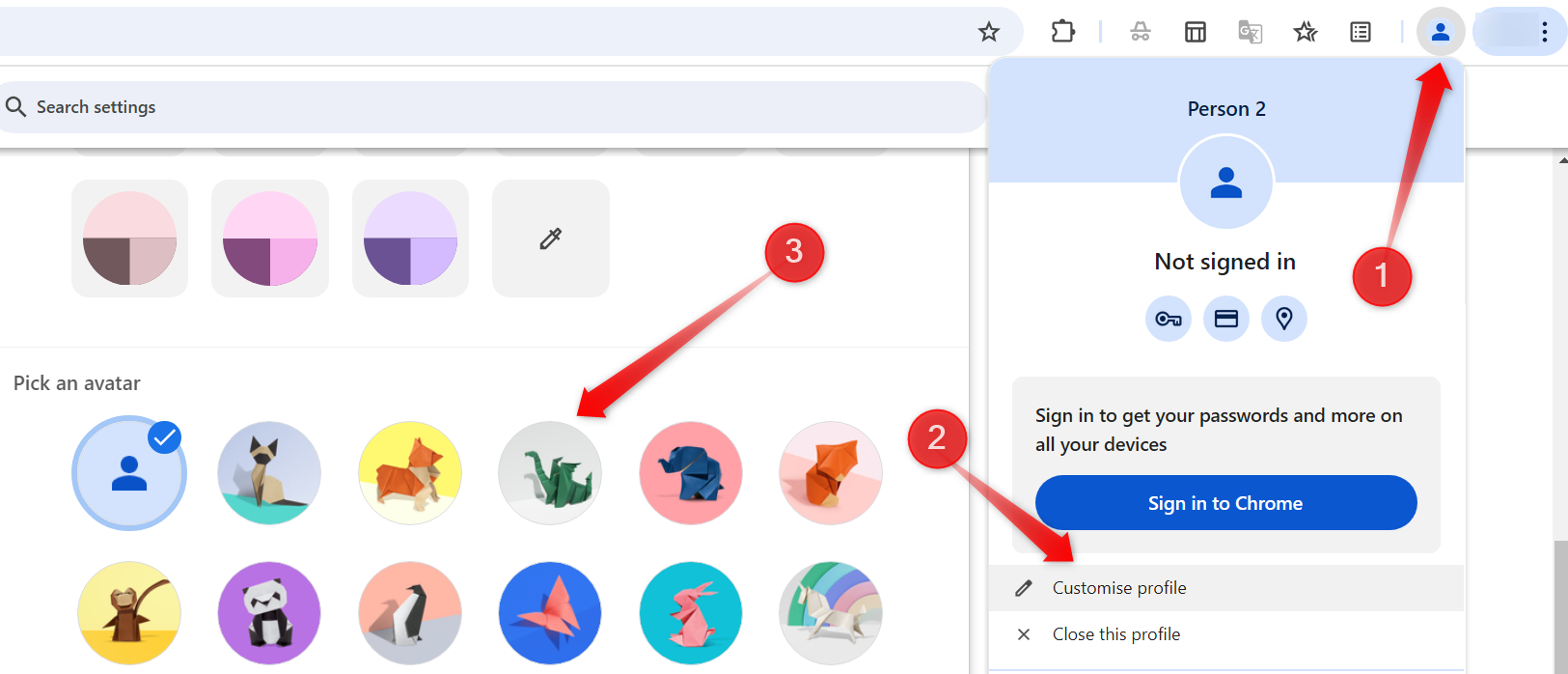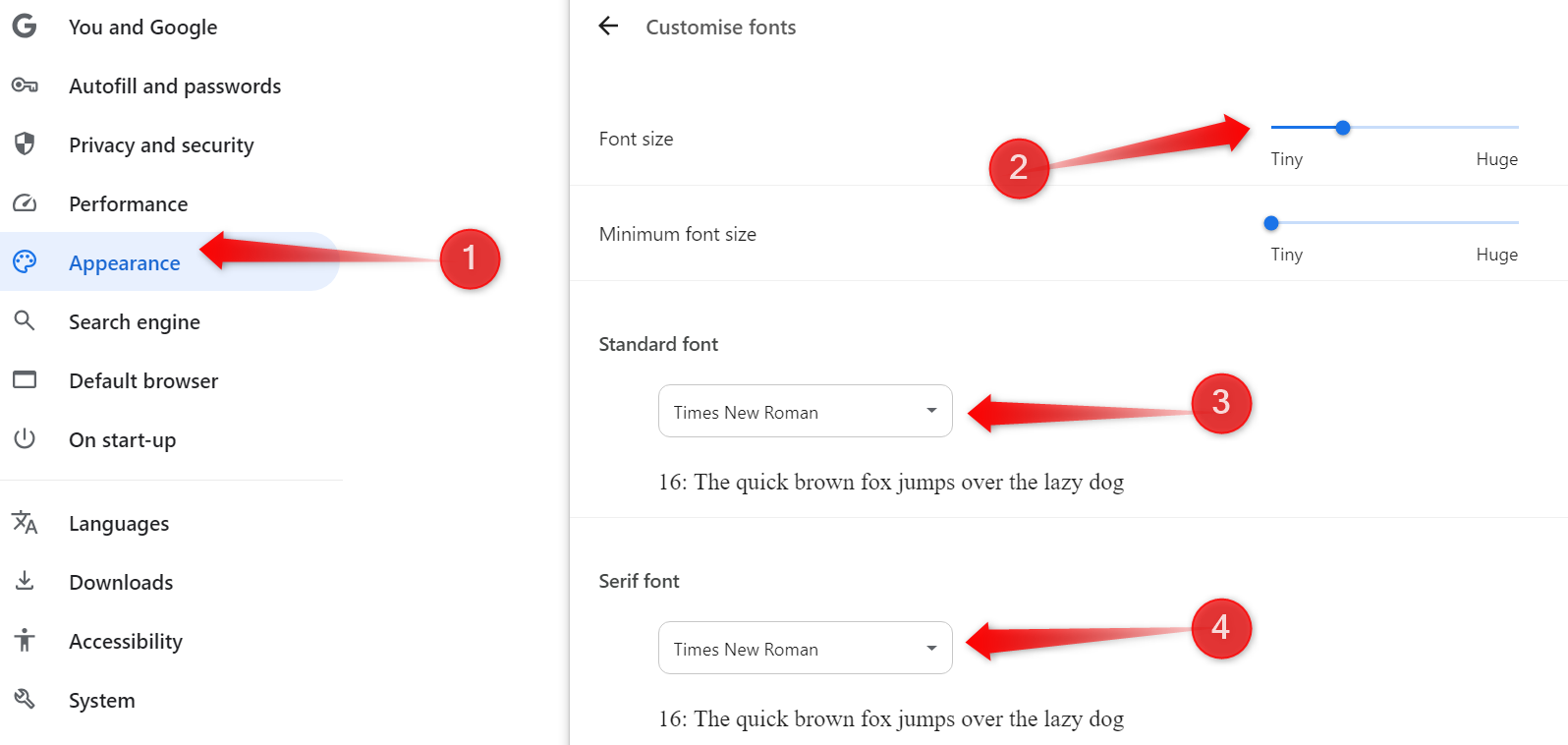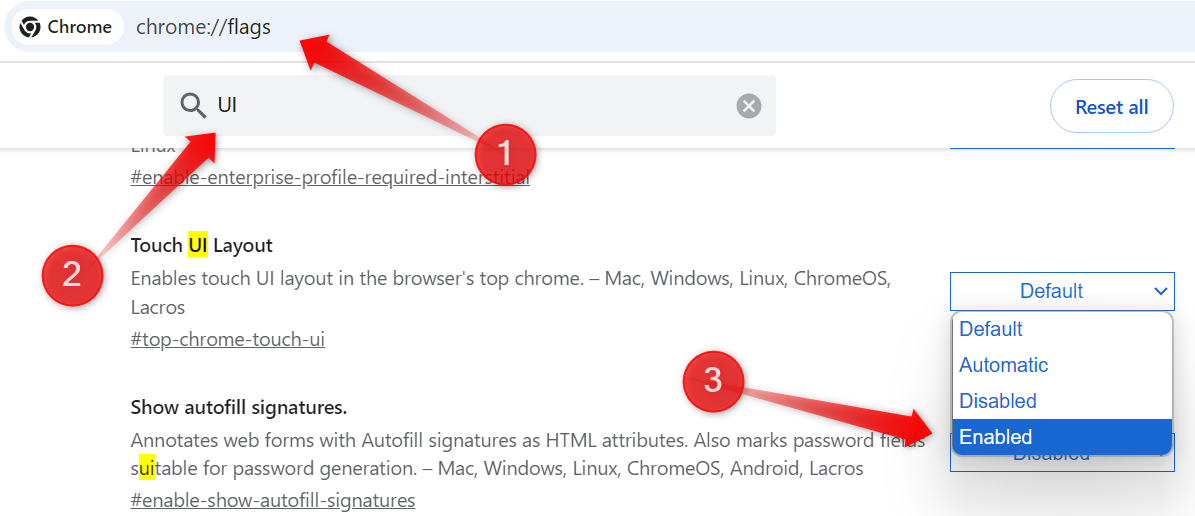Google Chrome’s default look is quite plain—no fancy themes, a simple toolbar, random shortcuts on the new tab page, a plain color scheme, and it’s set to light mode. If you’re tired of Chrome’s default settings, here’s how you can personalize it.
Switch Up Your Browser Theme
You can start personalizing your Chrome browser by changing its default theme. You can upload an image as your background while keeping the default color scheme or choose from various theme categories like art, textures, cityscapes, and landscapes. Alternatively, you can install a theme directly from the Chrome Web Store.
To set a custom background image, click the pencil icon in the bottom-right corner of the New Tab page, select “Change Theme,” click “Upload an Image,” and choose your desired image. If you prefer readily available themes, browse the available sets and select one. Alternatively, scroll down and click “Chrome Web Store” to explore more options.
Set Up Personalized Shortcuts
By default, Chrome displays shortcuts on the New Tab page based on the websites you visit most often. While this allows quick access to your frequently visited sites, too many shortcuts can clutter the page and make it harder to find the ones you need. To keep things organized, you can customize the New Tab page to show only the shortcuts you want.
To do this, click the pencil icon on the New Tab page to open the Customize Chrome sidebar. Scroll down and select the circle beside “My Shortcuts.” Then, remove unnecessary shortcuts by clicking the three vertical dots and selecting “Remove,” then add your preferred shortcuts. Chrome will keep these shortcuts on the New Tab page and won’t add new ones.
Set a Custom Startup Page
Chrome opens the New Tab page by default every time you launch the browser. To streamline your experience, you can set up a custom startup page (or multiple pages) to instantly access your most important resources, saving you time and effort. This could be a to-do list, your email client, or a favorite news site—whatever you use to start your day.
To set a specific page to open on startup, click the three vertical dots in the top-right corner and select “Settings.” Then, navigate to the “On Startup” section on the left, check the circle next to “Open a specific page or set of pages,” click “Add a New Page,” and enter the URL. You can click “Add a New Page” again to add additional pages.
Toggle Between Dark and Light Mode
By default, Chrome is set to light mode, which works well in bright environments, especially during the day. However, in low-light settings, particularly at night, it can cause eye strain. Dark mode, on the other hand, is easier on the eyes in dimly lit surroundings. That’s why you must switch between the two modes based on your lighting conditions.
To toggle between modes, click the pencil icon to open the Customize Chrome sidebar and select your preferred option. I use the “Device” setting, which adjusts the theme based on my system’s appearance. Since I’ve set my device to automatically switch modes at different times of the day, I don’t have to manually change it in Chrome.
By default, Chrome’s toolbar offers only a few basic options: a search bar, buttons to refresh or navigate web pages, manage extensions, control media, and switch your profile. Other features are tucked away in the main menu, which can be time-consuming to access. To streamline your experience, you can add frequently used options directly to the toolbar.
This allows you to quickly access them with just a click without having to navigate through multiple menus or settings. To add more options, open the Customize Chrome sidebar, expand the Toolbar menu, and enable the features you’d like to see. Personally, I keep options like Incognito Mode, Task Manager, Bookmarks, and Reading List easily accessible.
Add Custom Avatars for Your Profiles
When you create a new Chrome profile by signing in to your Google account, Chrome automatically uses your profile picture as an avatar, making it easy to recognize. However, if you create a profile without signing in, it defaults to a plain, generic icon. If you have multiple profiles for different tasks, it can be hard to quickly switch between them. This also wastes time.
A simple solution is to assign custom avatars to the profiles you’re not signed into. To do this, click on the profile icon in the top-right corner and select “Customize Profile.” From there, choose an avatar from the available options. Select distinct avatars for each profile so you can easily identify them at a glance.
Adjust Fonts to Match Your Preference
I prefer the default Chrome font style and size and don’t make any adjustments. However, if you’re used to a different font style or size, you can easily change it to improve the readability and make Chrome more comfortable for you. Customizing the font not only makes the text easier on your eyes but also improves the overall look of the browser.
To make changes, click the three vertical dots in the top-right corner and open “Settings.” Next, go to the “Appearance” section and select your preferred font size from the “Font Size” dropdown. To change the font style or manually adjust the font size, go to “Customize Font” and choose your desired font styles for regular text or other website styles.
You can preview how the font looks as you make adjustments. Once you’re happy with the changes, you can apply them immediately by closing the tab.
Chrome Flags are experimental settings that allow you to try out features not yet available in the standard version of Chrome. By using them, you can improve your browsing experience. For example, you can enable GPU Rasterization to speed up page loading, activate smooth scrolling, or enable Touch UI Layout for touch-enabled devices.
To access Chrome flags, type chrome://flags in the address bar and hit Enter. From there, use the search bar to find specific flags you want to try, such as typing UI to see all the user interface-related flags. Once you find the one you want to enable, click the dropdown menu next to it and select “Enabled.” After that, restart Chrome to activate the feature.
Customizing your browser can have a bigger impact on your browsing experience than you might think. With the tips above, you can adjust both the appearance and functionality of Chrome. Feel free to experiment with these changes and enjoy a browser that suits your style. And while you’re at it, be sure to explore other customization options available.


